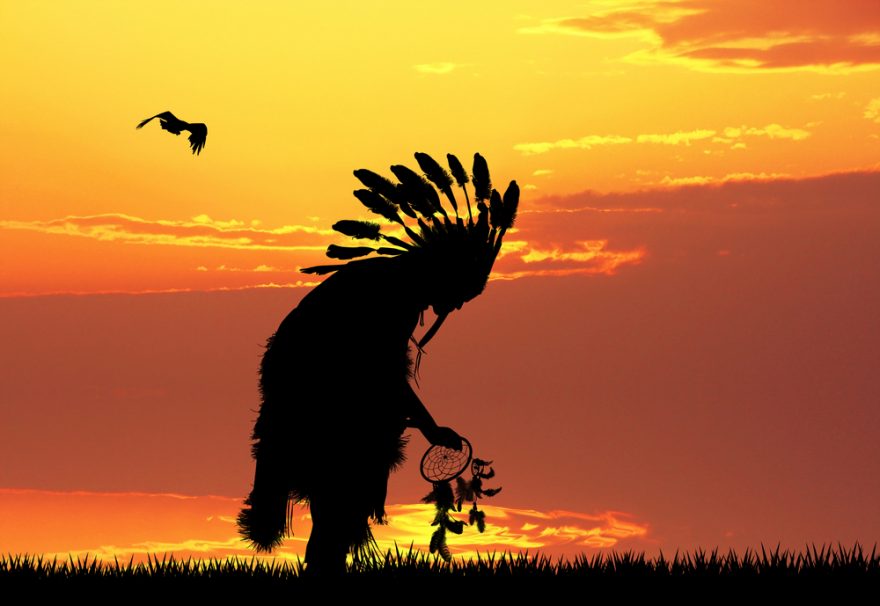The Last of the Mohicans Summary
Photo from Depositphotos
How did James Fenimore Cooper sentimentalize Native Americans in his book?
Cooper’s The Last of the Mohicans (1862) was a revolutionary book during its time for the level of sympathy and respect it created towards the Native Americans. Two of the most prominent ways it achieves this is through its portrayal of the Americas as a tabula rasa and Uncas symbolic role within the text.
Lawrence argues that within the text, Cooper portrays the America as a land untouched by the religious and cultural history of mainland Europe (1961). He further states that America and the Cooper’s The Last of the Mohicans (1862) was a revolutionary book during its time for the level of sympathy and respect is created towards the Native Americans. Two of the most prominent ways it achieves this is through its portrayal of the Americas as a tabula rasa and Uncas’s symbolic role within the text.Lawrence argues that within the text, Cooper portrays America as land untouched by the religious and cultural history of mainland Europe (1961). He further states that America and the native people are blank slates. In this sense, they are born innocent and only reflect the qualities brought there by the Europeans. Characters such as Chingachgook reflect the positive qualities of friendship and community, as seen through his relationship with Hawkeye, while the book’s antagonist Magua reflects darker qualities like the tendency for war and moral depravity, as seen through his violence and drunkenness. This interpretation ultimately serves to sympathize the reader with Magua as the nature of his evil is merely a reflection and a response to the evil carried by the Europeans.
A further way in which the reader is positioned to sentimentalize with the Native Americans can be seen through Uncas’s role within the story. The constant referral to Uncas as the Last of the Mohicans brings awards his character a greater symbolic status, representing Native American culture at large (Bellin, 2001). Therefore, his untimely death at the conclusion of the novel symbolizes the death of Native American culture. Again, as all violence is a reflection of European aggression, the events of the novel leading to his death can be blamed entirely on the Europeans.
Cooper sentimentalizes the Native Americans by positioning to the reader to sympathize with them. He does this by highlighting the evils introduced by foreign powers and manifesting them in Native American characters. The personification reaches its most obvious incarnation with Uncas, whose death serves to symbolize the death of the Native American culture.
References
- Bellin, J. D. (2001). The Demon of the Continent: Indians and the Shaping of American Literature. Philadelphia: University of Pennsylvania Press.
- Cooper, J. F. (1826). The Last of the Mohicans. New York: Bantam Classics.
- Lawrence, D. H. (1961). Studies in Classic American Literature. New York: Doubleday and Company.
Avoid presenting this The Last of the Mohicans summary as your own paper. Take your time, look through our sample carefully, and try to write your paper. If you are asked to write a paper, but don’t know how to do it on your own, buy book report from us. With our help, you will achieve high grades. If you have any questions about the order, you can contact a writer via chat and ask him or her whatever you want. Moreover, we work 24/7, so you can contact us any time you want. Mention your requirements and set the deadline, and we will complete your order as fast as possible.

